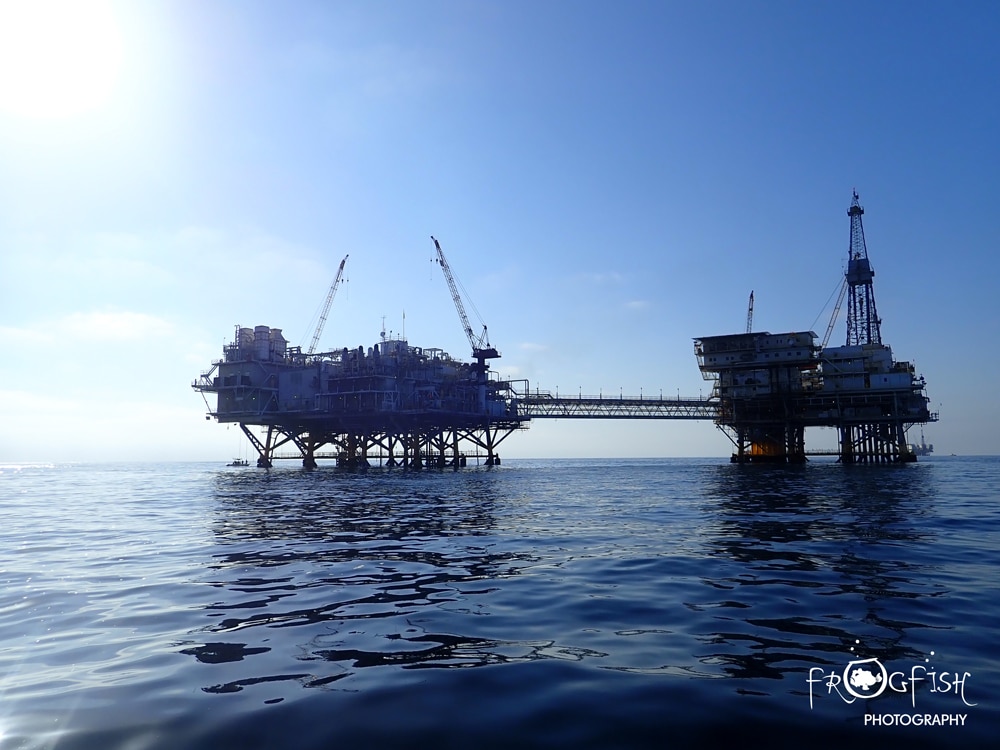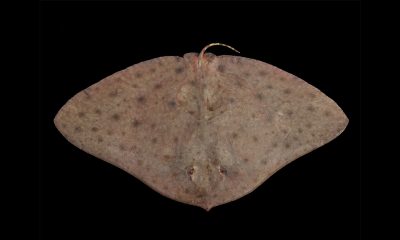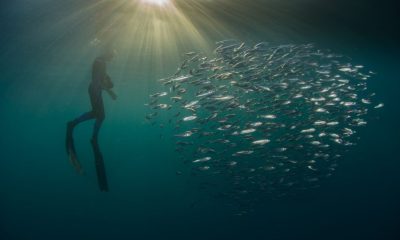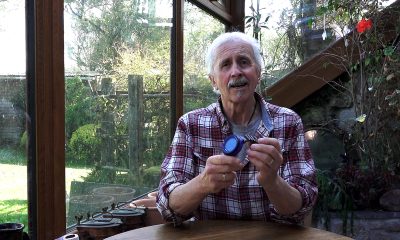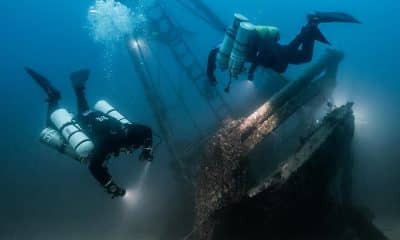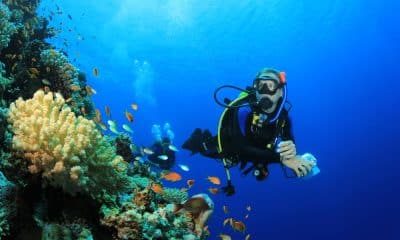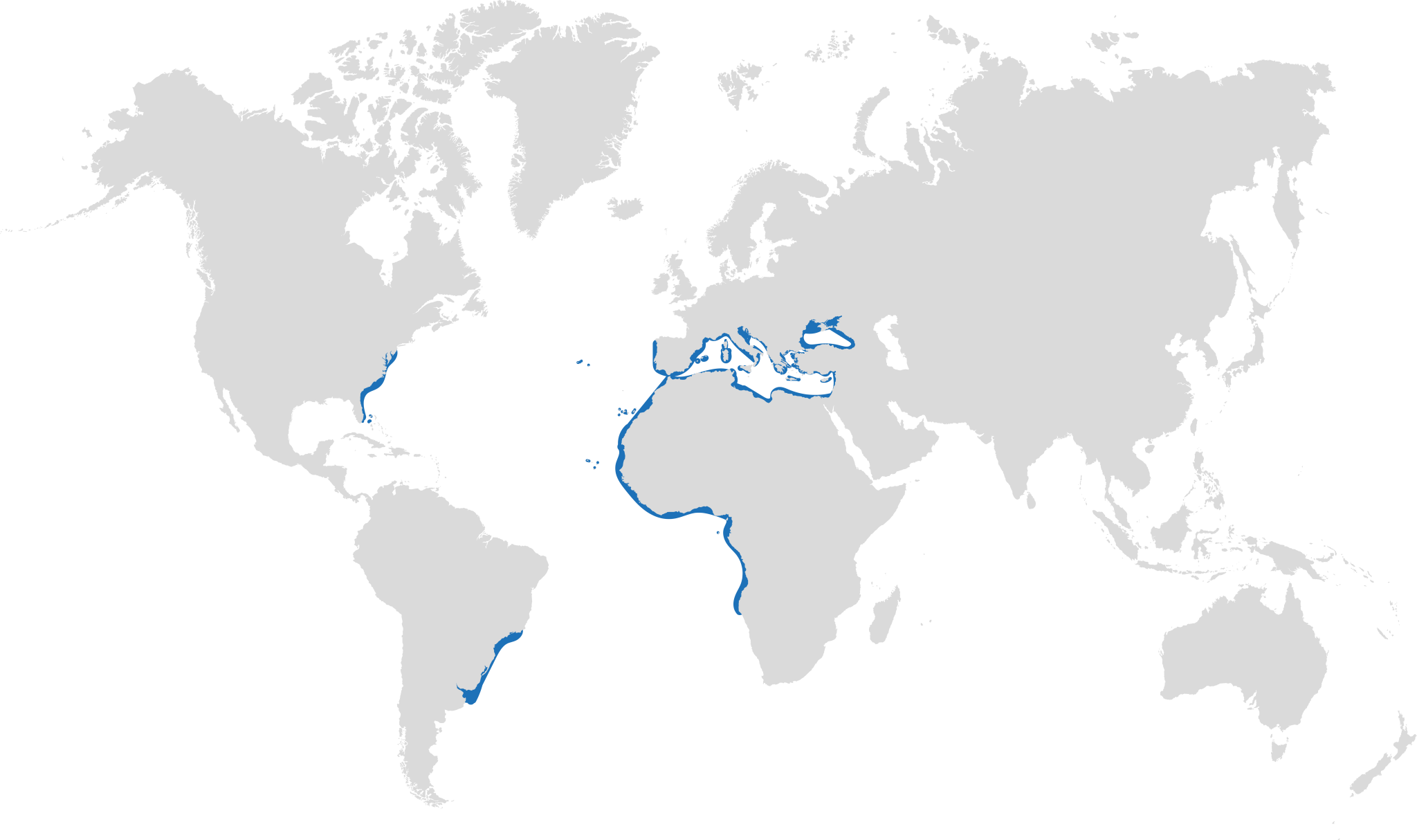News
Diving a working oil rig in Southern California (Watch Video)
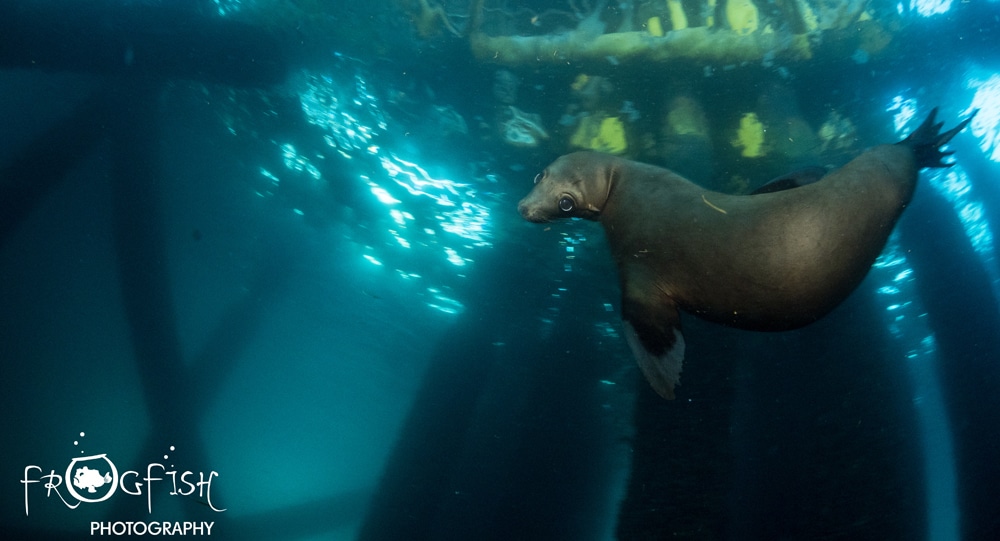
Ever since Alex Mustard was a finalist in the Bird category of Wildlife Photographer of the year with a shot of a cormorant diving under an oil rig we have wanted to follow in his fin-steps and take a look at this unusual dive ourselves. So, when we decided to stay on in Southern California after our trip to photograph Great White Sharks off Guadalupe Island with Nautilus Liveaboards, this dive was at the very top of our list to organise.
We got in touch with Captain Kyaa from Sundiver International based in Long Beach to see if there might be an opportunity to dive one of the oil rigs and also the more famous dive destination of Catalina Island. Soon we had an exciting diving itinerary set up. We departed La Jolla and made the short drive north to Long Beach and checked into Hotel Maya, where we had a room with an outstanding view of the harbour and the Queen Mary.
Sundiver International have three boats and for our trip to dive the oil rig we were on the smallest of these with a small group of just six divers. There are three oil rigs that are close to shore and readily diveable in the right conditions. Permission must be sought in advance and the sea needs to be calm for boats to be able to approach the oil rig structure. We were going to dive the oil rig called Ellen and we had the perfect conditions to dive it!
As we did the short swim to the structure we could hear the noises of the workmen and machinery above us. It is an unusual dive to be allowed to dive a working oil rig and these structures do not exactly spring to mind when you try to think of places that would be home to an abundance of marine life, but as we dipped our heads under the surface we were amazed. Each leg of the structure was covered in life. Anemones and brittle stars covered the metal frame. Mussels formed huge clumps near the surface. Then something else caught out eyes…
A young Californian Sea Lion had decided to come and check us out. It darted past at incredible speed, not getting too close at first. Then as it grew braver, it twisted and turned in front of us, using the oil rig as its playground and showing off its amazing swimming skills. We were enchanted and spent the rest of the dive in the shallows trying to get a shot and some video footage of this special moment.
All too soon it was time to head off, but at least we had Catalina Island to look forward to!
- For more information about Sundiver International visit their website by clicking here.
- For more information about Long Beach visit the Official travel website by clicking here.
- To visit the Hotel Maya website click here.
All images and text by Frogfish Photography
Equipment used:
- Olympus OMD EM-1 MKII; Nauticam housing; INON Z240 strobes
- Paralenz Dive Camera
Marine Life & Conservation Blogs
Creature Feature: Butterfly Rays

 In this series, the Shark Trust will be sharing amazing facts about different species of sharks and what you can do to help protect them.
In this series, the Shark Trust will be sharing amazing facts about different species of sharks and what you can do to help protect them.
As we’re currently in butterfly season, this month we decided to concentrate on the Butterfly Rays!
Within the family Gymnuridae, there are two genera and 12 species of Butterfly Ray. These species are morphologically different to lots of other rays because of the width of the disc and pectoral fins – in contrast to many other species of Butterfly Ray, their bodies are much wider than they are long, especially considering their very short tail. This gives them the appearance of gliding or flying across the sand.
Gymnura altavela – Spiny Butterfly Ray
Gymnura australis – Australian Butterfly Ray
Gymnura crebripunctata – Longsnout Butterfly Ray
Gymnura japonica – Japanese Butterfly Ray
Gymnura lessae – Lessa’s Butterfly Ray
Gymnura marmorata – California Butterfly Ray
Gymnura micrura – Smooth Butterfly Ray
Gymnura natalensis – Backwater Butterfly Ray
Gymnura peocilura – Longtail Butterfly Ray
Gymnura sereti – Seret’s Butterfly Ray
Gymnura tentaculata – Tentacled Butterfly Ray
Gymnura zonura – Zonetail Butterfly Ray
Today we’re taking a look at Gymnura altavela, the Spiny Butterfly Ray. Like all Butterfly Rays, the Spiny Butterfly Ray is a demersal species, meaning it spends the majority of its time on the bottom of the seabed. Butterfly Rays are known for their burying behaviour in the sand, a technique they use to camouflage themselves when they are resting during the day. This protects them from predators, in some areas larger sharks. It also aids them in their ambush hunting technique – by hiding themselves under the sand they are able to easily snatch up their dinner – usually crustaceans, molluscs or other small fish – as they swim by unawares. This behaviour can leave tell-tale butterfly-ray shaped imprints in the bottom of the seabed.
Spiny Butterfly Rays can grow up to 260 cm (disc width (wingspan)), although average is around 200 cm. They give birth to live young, and each litter consists of 1-8 pups. This species has also been found to aggregate, likely for mating. One study found that aggregations of primarily females in the coastal regions off Gran Canaria may correlate with the shifting water temperature.
It is estimated that the species has undergone a population reduction of 50-79% over the last 33 years. This is primarily due to fishing pressure – the Spiny Butterfly Ray is targeted and bycaught in both industrial and artisanal fisheries types using a variety of gear types. The species is now Critically Endangered in the Mediterranean and Southwest Atlantic.
Scientific Name: Gymnura altavela
Family: Gymnuridae
Maximum Size: 260 cm (disc width)
Diet: crabs, shrimps, various invertebrates, fishes, small crustaceans, and molluscs.
Distribution: throughout the Atlantic and Mediterranean and Black Seas.
Habitat: muddy and sandy substrates down to 150m.
Conservation status: Critically Endangered in the Mediterranean and Europe, Endangered Globally.
For more great shark information and conservation visit the Shark Trust Website
Banner Image: ©Tomas Willems. Main image: ©Andy Murch
Gear News
DiveAlertPLUS: a Dual Function Surface / Subsurface Signalling Device
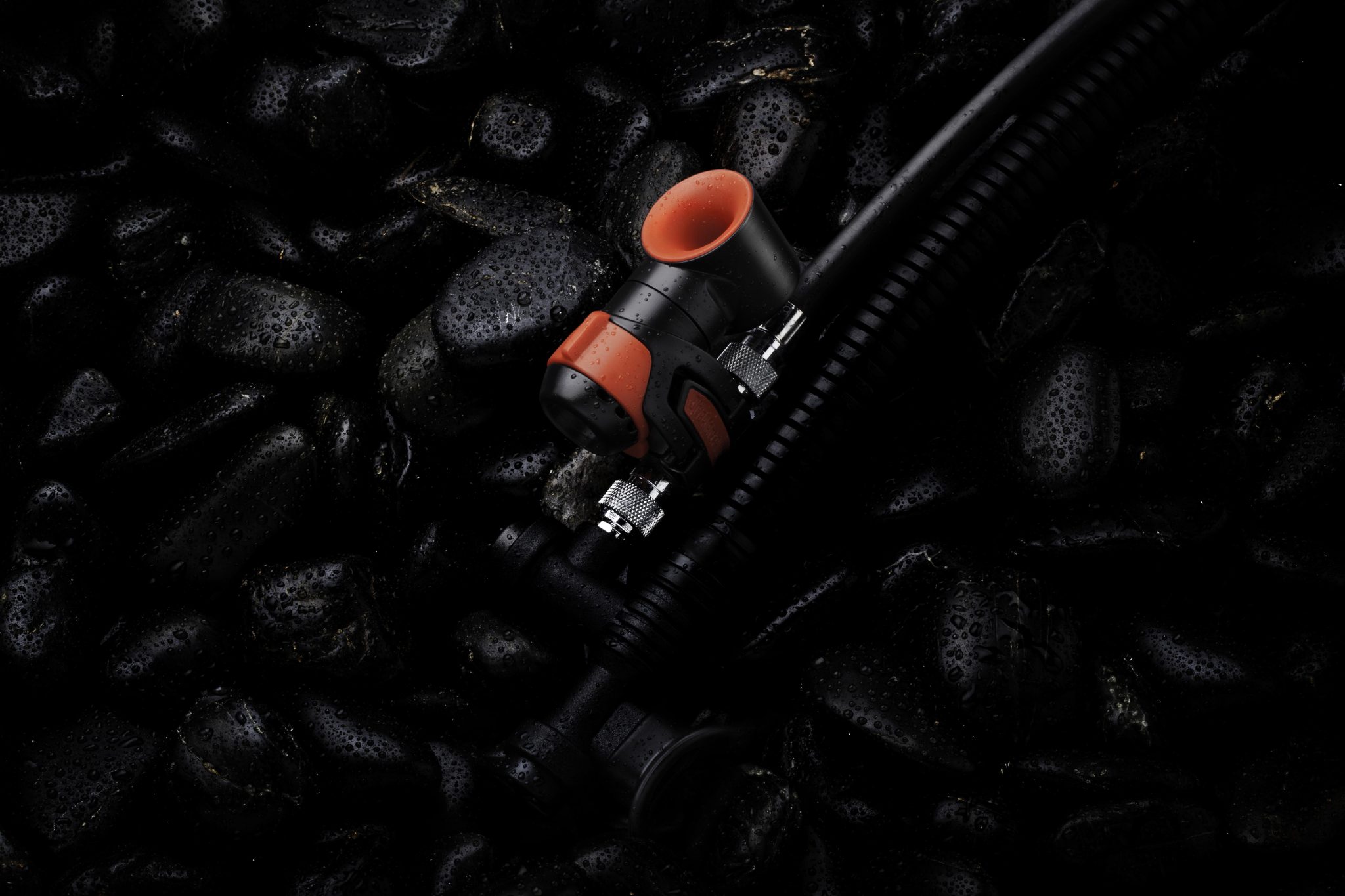
DiveAlertPLUS is a specially designed, small, lightweight pneumatic signalling device that uses quick-connect/disconnect hose couplings to become an integrated part of your power inflator.
It uses a small amount of air from your SCUBA tank to make a piercingly loud sound in air or water. It can be heard a mile away from where the diver in need is above water.
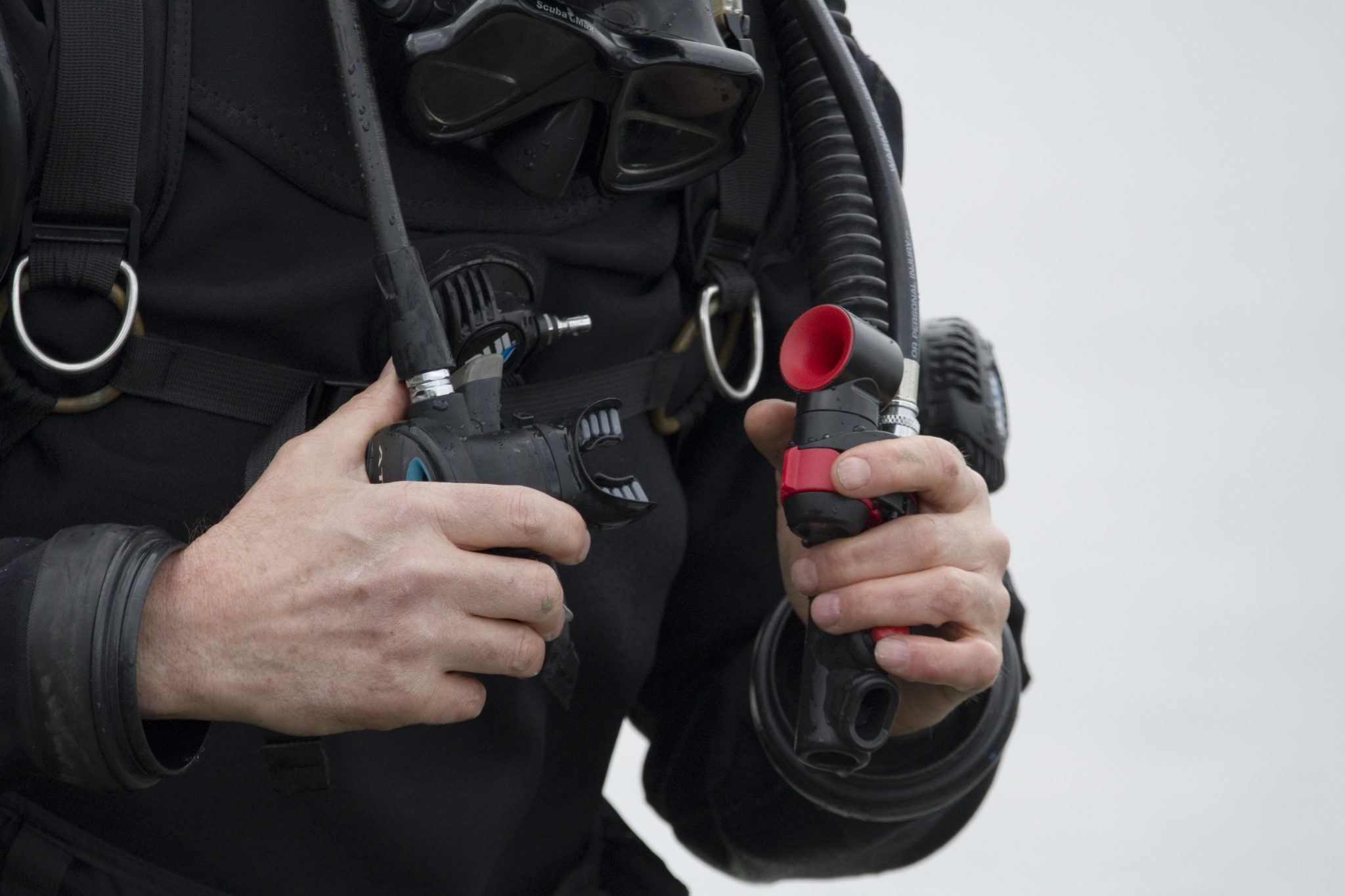
How it works
The DiveAlertPLUS uses chrome-plated brass couplings to attach to your power inflator. Squeezing the device engages the actuator valve stem causing a small amount of air to flutter a stainless steel diaphragm emitting a piercingly loud sound. The subsurface/underwater signal is produced by a percussion “buzzing” noise made by a piston hitting a stainless steel diaphragm much like a drum.
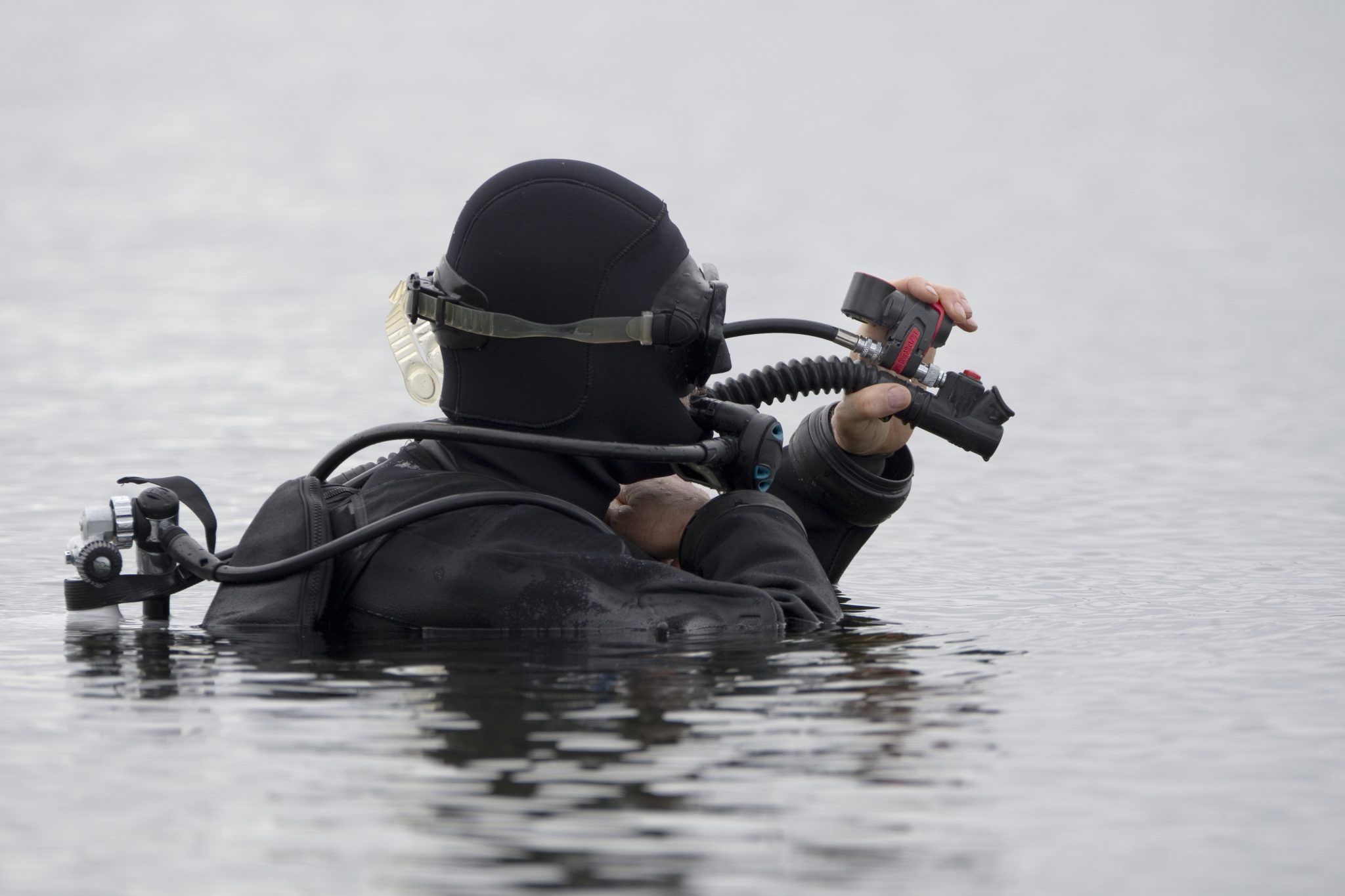
To Learn more about the DV1 an DV3 DiveAlert click on this link to their website: https://www.divealert.com/index.php/divealert-plus
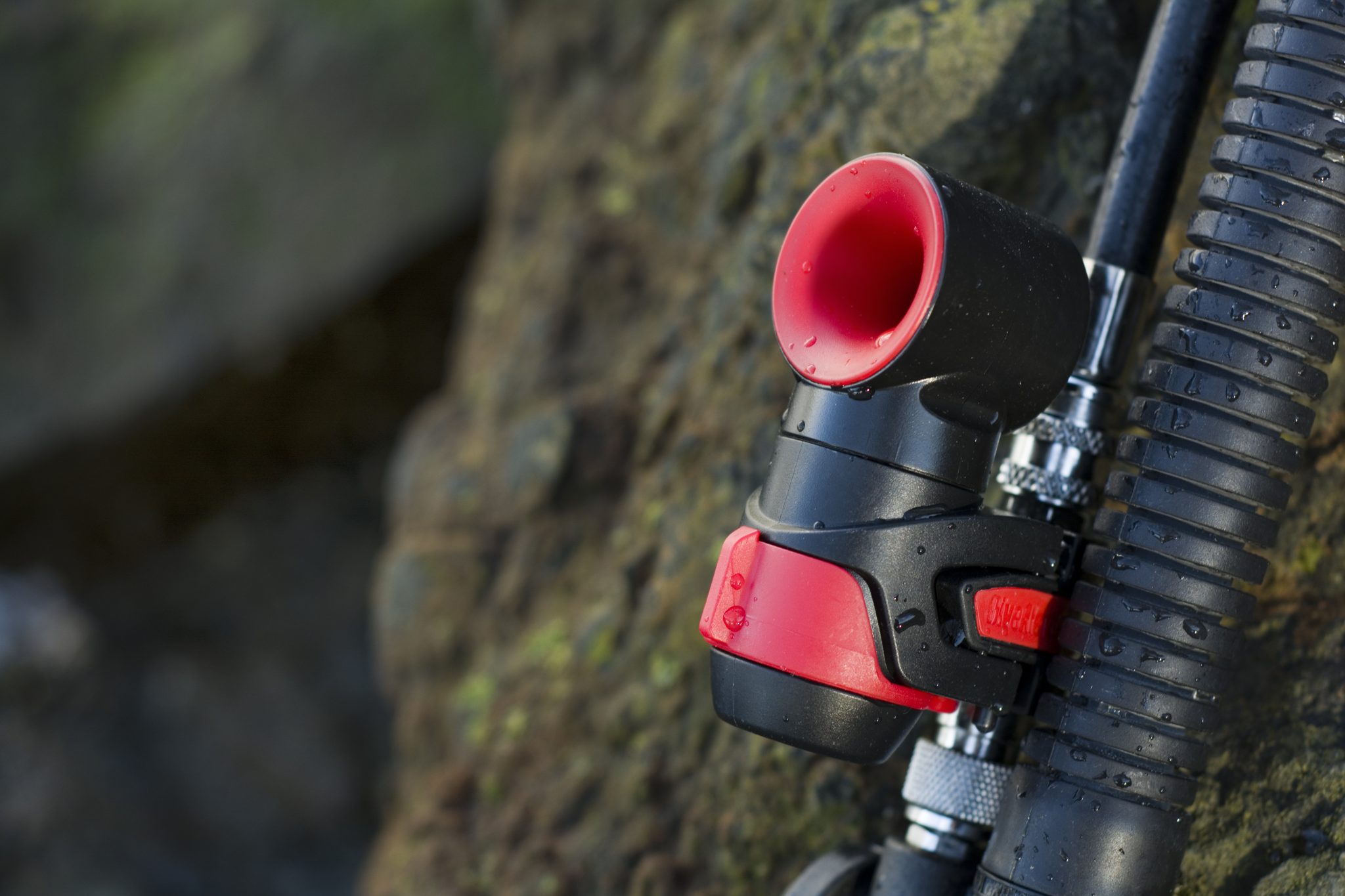
Sea & Sea is the home of DiveAlert and other leading diving brands in the UK.
-

 Blogs4 weeks ago
Blogs4 weeks agoDive Indonesia Part 3: Dive into Lembeh Trip Report
-

 Gear Reviews1 month ago
Gear Reviews1 month agoGEAR REVIEW – Revolutionising Diving Comfort: The Sharkskin T2 Chillproof Suit
-

 News3 months ago
News3 months agoPADI Teams Up with Wellness Brand Neuro to Drive Ocean Change and Create a Blue State of Mind
-

 Blogs2 months ago
Blogs2 months agoMurex Resorts: Passport to Paradise!
-

 Blogs3 months ago
Blogs3 months agoDiver Discovering Whale Skeletons Beneath Ice Judged World’s Best Underwater Photograph
-

 Blogs2 months ago
Blogs2 months agoSeagrass Awareness Month brings critical food source for Manatees to centre stage
-

 Marine Life & Conservation3 months ago
Marine Life & Conservation3 months agoSave the Manatee Club launches brand new webcams at Silver Springs State Park, Florida
-
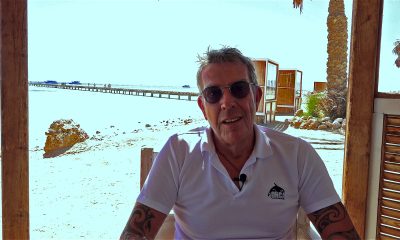
 Blogs2 months ago
Blogs2 months agoSOMABAY: Scubaverse interviews Wolfgang Clausen, General Manager, ORCA Dive Clubs


